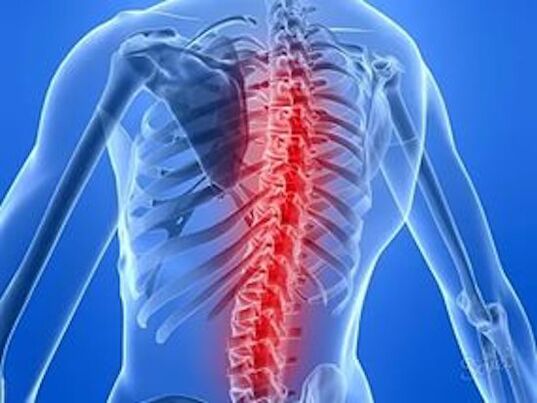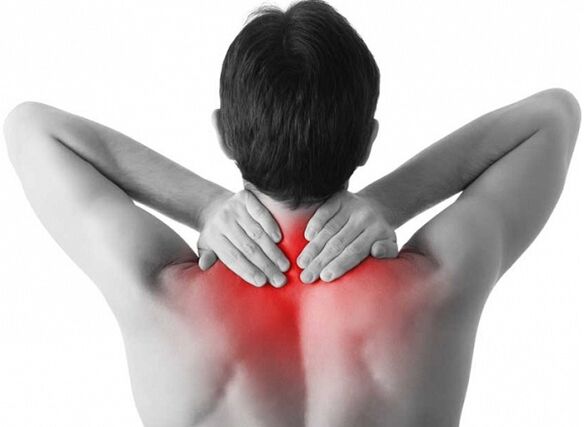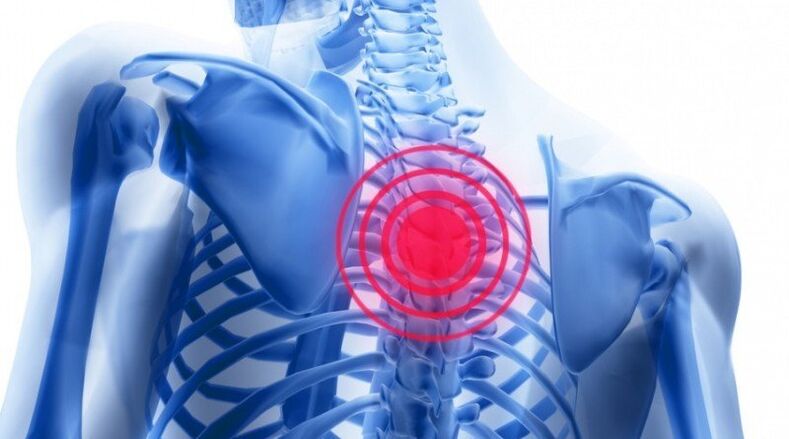More than 25% of the world's population and more than 50% of people of working age suffer from back pain.Unfortunately, evolution has not guaranteed that people over 35-40 years old can live comfortably.The biomechanical structure of the spine is such that the absence of back pain is not a certain fact but a happy (and unfortunately temporary) coincidence.Especially nowadays, when the body of a normal office worker has to sit continuously at the computer for 8-12 hours.But we have adapted over millions of years of evolution in nature to have a completely different, much more active lifestyle!

Can you treat spinal pain yourself?
Unfortunately, not everyone asks themselves this very precise question.The answer is: self-medication based on information from the Internet is extremely dangerous.This is a huge risk that can lead to disability.If we are talking about internal pains such as back and spine pain, then it is especially not worth "diagnosing" and "prescribing" treatment yourself.Nerve endings in internal organs are located differently than on the skin surface.The pain inside is difficult to identify, sometimes it seems like there is something painful, but actually the cause is something else.For example, back pain can be caused by gastrointestinal cancer.And the pain that someone else may describe on a forum or in an article that is very similar to your pain may be caused by completely different reasons and require completely different treatment.
Yoram Anekstein, Tel Aviv Medical Center: "Very important advice: do not try to learn the names of diseases of the spine, understand their causes, diagnoses, etc. Ankylosing spondylitis, glenoid periarthritis, wrist pain - all these terms will not work for you. There are dozens of such diseases in medical university textbooks, and there are even many different explanations and modifications. You should learn and remember the name of your diagnosis whengiven by a qualified doctor. But not before."
Alarming symptoms
Discomfort most commonly occurs in the cervical and lumbar spine, but chest pain is much less common.It is subjected to less stress, so osteoarthritis, bulging and herniated discs do not affect it as often.However, chest pain and back pain can be caused by spinal problems.

Sometimes discomfort may occur but is usually not dangerous.If this is muscle pain (although it may not be the same as pain in the arm muscles after heavy work and may be more felt), then the most likely cause is overexertion from being in one position for a long time or a load that is too high.If the pain goes away after changing positions or taking a short walk and does not return, the problem is unlikely to be serious.Although you need to deal with small problems, such as changing your usual posture, increasing physical activity and exercising.And only a doctor can determine the severity of the problem.If there is the slightest chance, then you should definitely see a doctor: curing the disease in the early stages is always much easier (and cheaper) than in severe cases.
What's really dangerous?Below is a list of “alarm signals”, after the appearance of even one of which it is necessary to begin diagnosis and treatment as quickly as possible:
- the pain does not stop, changing the body position does not help;pain that does not subside with rest;pain worse at night;
- numbness (reduced sensitivity) or decreased strength of the limbs occurs;
- problems arising with urination and defecation (for example, loss of sensation in bladder emptying; urinary and fecal incontinence or, conversely, urinary retention; should not be confused with constipation);
- the temperature increases, but there are no other reasons that can explain this, such as ARVI;
- pain wakes you up and disrupts your sleep;
- complications after malignant tumor (statute of limitations does not matter);
- unexplained weight loss;
- complications after years of steroid use;
- complications after recent serious illnesses;
- complications after recent infectious diseases;
- loss of anal reflex;
- weakness in the hips and knees;
- neurological deficits;
- progressive spinal deformity;
- back pain that gets worse with rest;
- chest pain (ACS - ECG);
- general unrest.
Please note that you don't have to wait for everything to start coming together.If at least one of these symptoms occurs, consult your doctor immediately.
Yoram Anekstein, Tel Aviv Medical Center: "The question is often asked: I made an appointment to see the doctor but my back pain is gone. Should I go or not? Absolutely go."
Articles on the Internet often try to describe which types of pain are characteristic of osteoarthritis and which types of pain are characteristic of sciatica, etc.This is a wrong approach, the reasons for which we have explained above.It doesn't matter what kind of pain it is: left, right, in the tailbone, everywhere, aching, lasting a few seconds or several hours and days.All of these symptoms indicate the need for qualified medical attention.
Causes of pain in the spine
The most common cause is nonspecific pain related to overstretching of muscles, tendons, ligaments, and fascia.

Much less commonly, the pain associated with a herniated disc affects the nerve roots (~3% of cases).
Osteoporosis (including pathologic fractures), infections (spondylitis), tumors, tuberculosis, trauma, and other rheumatic diseases cause pain less often (about 1%).
Internal organ diseases can also cause back pain (eg, pancreatic cancer, peptic ulcer, or acute coronary syndrome).
Degenerative changes, called osteoarthritis, and include a complex of components (reduced elasticity and strength of the cushion, reduced disc height, protrusion, herniation, changes in the vertebral body (Modic I-III), ligaments (spondylosis), facet joints (spondyloarthrosis) that are not directly related to pain and other clinical manifestations.
It should be understood that the group of spondylitis and ankylosing spondylitis alone includes more than 10 diseases with many causes, characteristics, symptoms, etc. In particular, the number of diseases of the back and spine in particular is very large.But from the descriptions above, you yourself can understand that they are united by seriousness.Back pain cannot be ignored.Many of these diseases come on gradually, with long periods of remission.But at the same time, at each acute stage, the risk of complications (up to complete loss of mobility) increases.



























